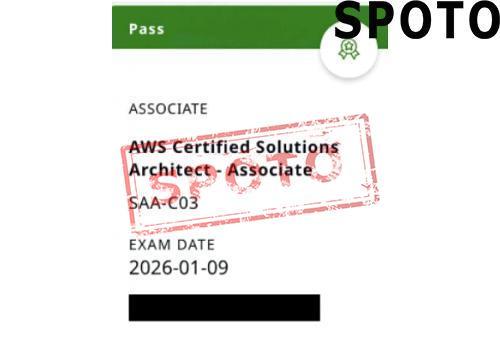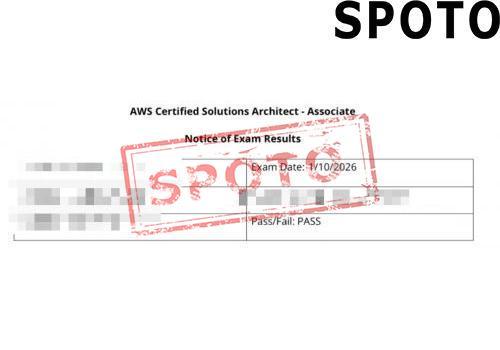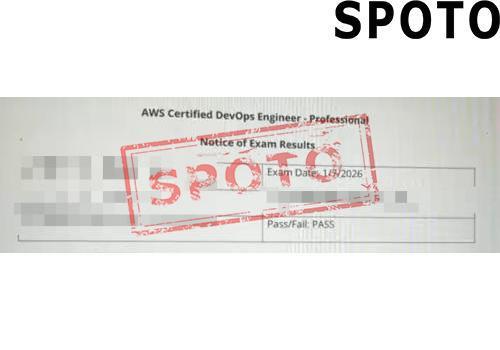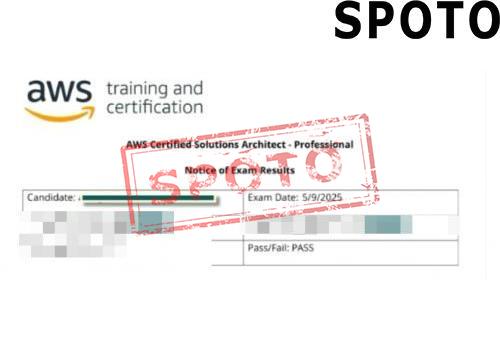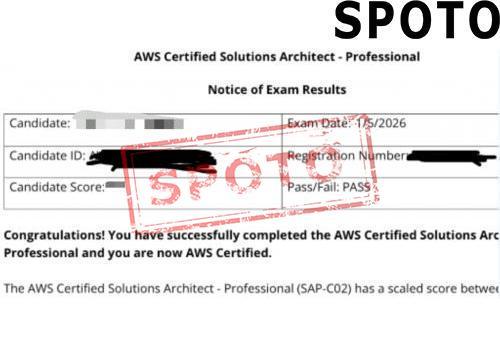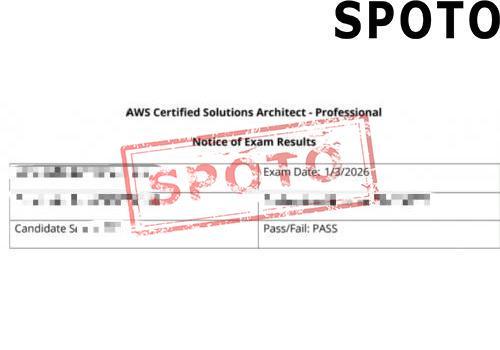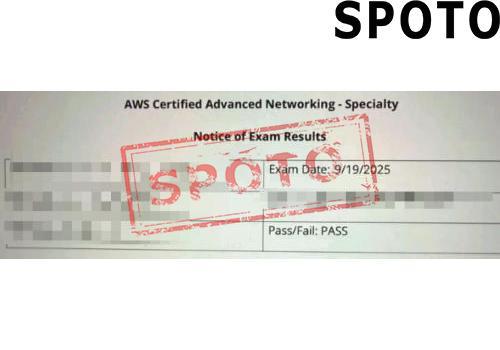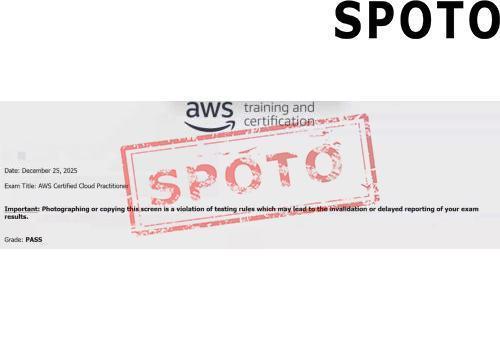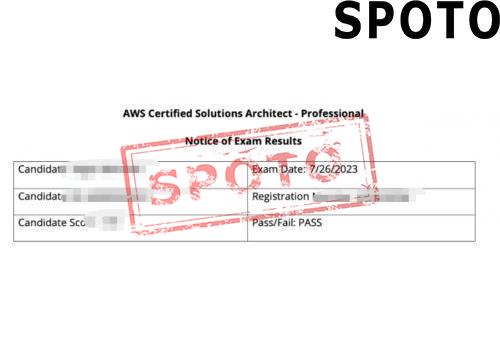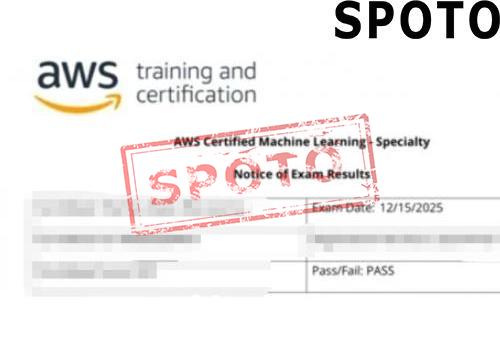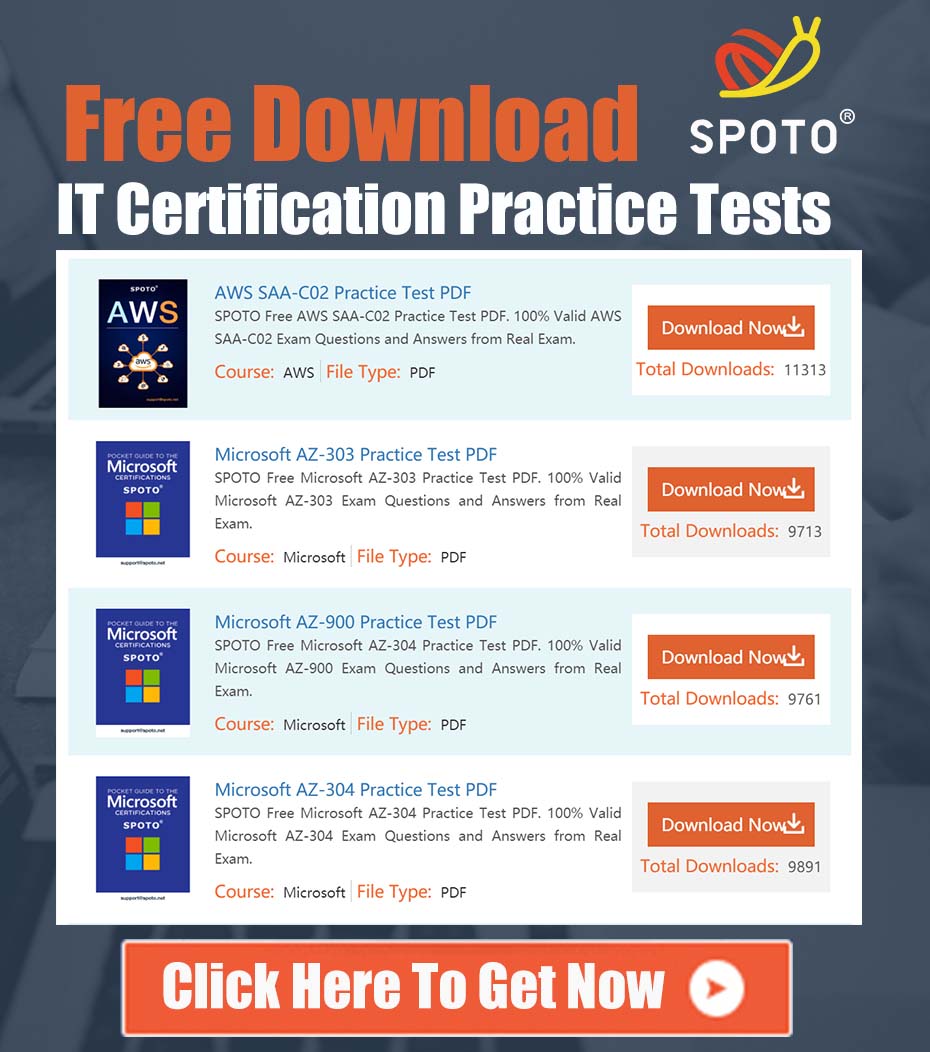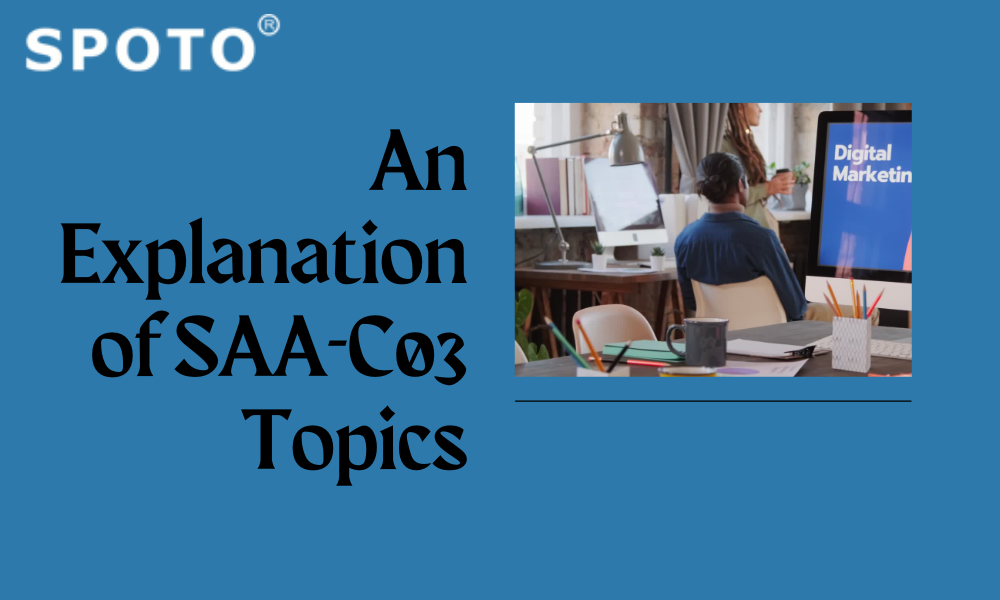
An Explanation of SAA-C03 Topics
Storage
- Understand the various Amazon S3 storage tiers! You must be aware of the use cases, features, restrictions, and relative costs, such as retrieval costs.
- Additionally, you must be familiar with Amazon S3 lifecycle regulations because some tiers have minimum storage requirements.
- You need to be aware of Glacier's characteristics, purposes, and available alternatives for retrieval times and costs.
- Make sure you know the operating systems you can use with the Amazon Elastic File System (EFS) before purchasing it (just Linux).
- Make sure you are familiar with the several tiers of the Amazon Elastic Block Store (EBS), including instance stores. For instance, what would you select for a data store with excellent IO requirements and data dispersed over multiple instances? (Good use case for an instance store)
- Discover Amazon FSx. You must be familiar with Lustre and FSx for Windows.
- Check out this whitepaper to learn how to optimize Amazon S3 speed, including leveraging CloudFront and byte-range fetches.
- Ensure you are familiar with the versioning and MFA remove object deletion protection options available for Amazon S3.
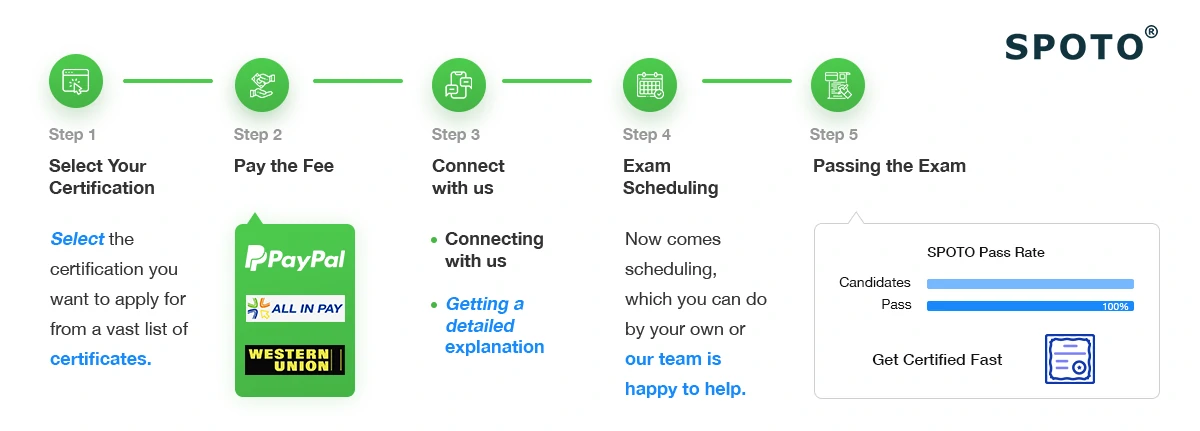
Compute
- It would be best if you were well-versed in the possibilities for scaling an Auto Scaling Group using metrics like SQS queue depth or SNS message counts.
- Learn about your target tracking policies as well as other auto-scaling policies.
- Learn more about AWS's High-Performance Computing (HPC). You must be familiar with Amazon FSx with HPC use cases.
- Understand the placement groupings. Verify your ability to distinguish between spread, cluster, and partition; for instance, what would you utilize for the lowest latency? What happens if you have to support a tightly linked app? Within an AZ or outside of one?
- Ascertain that you are familiar with the distinctions between elastic network adapters (ENAs), elastic network interfaces (ENIs), and elastic fabric adapters (EFAs).
- Ensure you comprehend how to assign IAM policies to the Amazon Elastic Container Service (ECS) to grant S3 access. How can Kinesis Firehose or SQS be separated from an ECS data processing process?
- Ensure you understand the various Reserved Instances (RI) pricing models and the different RI choices, such as scheduled RIs.
- Make sure you are aware of AWS Lambda's 15-minute or 900-second maximum execution time.
- The exam covers AWS Wavelength, Batch, AWS Outposts, AWS Serverless Application Repository, and VMware Cloud on AWS!
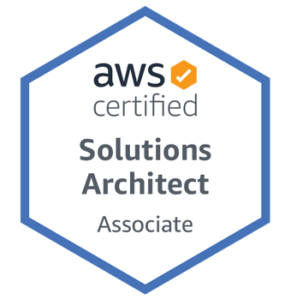
Delivery of Network and Content
- Learn about the functions and applications of AWS Global Accelerator.
- Recognize when to use AWS Global Accelerator and when to use CloudFront.
- Make sure you know the various VPC endpoints, including which ones call for a route table entry and which ones an Elastic Network Interface (ENI).
- You must understand how to link numerous accounts, such as whether to utilize a VPC endpoint or peering.
- Understand the differences between ClassicLink and PrivateLink.
- Understanding the patterns will help you expand a safe on-premises system onto AWS.
- Become familiar with AWS Direct Connect encryption (you can do this with a Virtual Private Gateway or AWS VPN).
- Know when to use Direct Connect versus Snowball to migrate data; if you're in a rush, Direct Connect's lead time may be an issue.
- Understand how to prevent Amazon CloudFront from being bypassed, such as using signed URLs or signed cookies or Origin Access Identity (OAI).
Database
- Ensure that you are familiar with Amazon Aurora and Amazon Aurora Serverless.
- Make sure you know which RDS databases support read replicas and whether you can read from a multi-AZ standby.
- Be aware of your options for encrypting an existing RDS database, such as solely at creation time or by creating a new instance from a snapshot.
- Learn which databases, like Amazon DynamoDB, are key-value stores.
- There is also a chance that the exam will cover Amazon Timestream, Amazon RedShift, Amazon Quantum Ledger Database (Amazon QLDB), Amazon Keyspaces (for Apache Cassandra), Amazon Neptune, and Amazon DocumentDB.
Administration and Governance
- You must be familiar with AWS Organizations, including how to move an account across them.
- You also need to understand how to limit actions using service control policies tied to OUs for AWS Organizations.
Recognize the purpose of AWS Resource Access Manager.
- Integration of Applications
- Make sure you are familiar with the use cases for the Simple Notification Service (SNS) and the Amazon Simple Queue Service (SQS) (SNS).
- Recognize the variations between SQS and Amazon Kinesis Firehose and when to use each service.
- Learn how to publish events to SQS using Amazon S3 event notifications.
Of course, this isn't a comprehensive list of everything you need to know; instead, it's just a recommendation of what to study for the AWS Certified Solutions Architect Associate (SAA-C03) test. Check out the Digital Cloud Training courses below to ensure you're prepared.
FURTHERMORE
If you want to increase your competitive advantage in the IT industry and successfully prepare for AWS, you may get help from SPOTO. SPOTO provides helpful online certification preparation courses that may be taken at your convenience. Please click it!
Recommended Reading:

